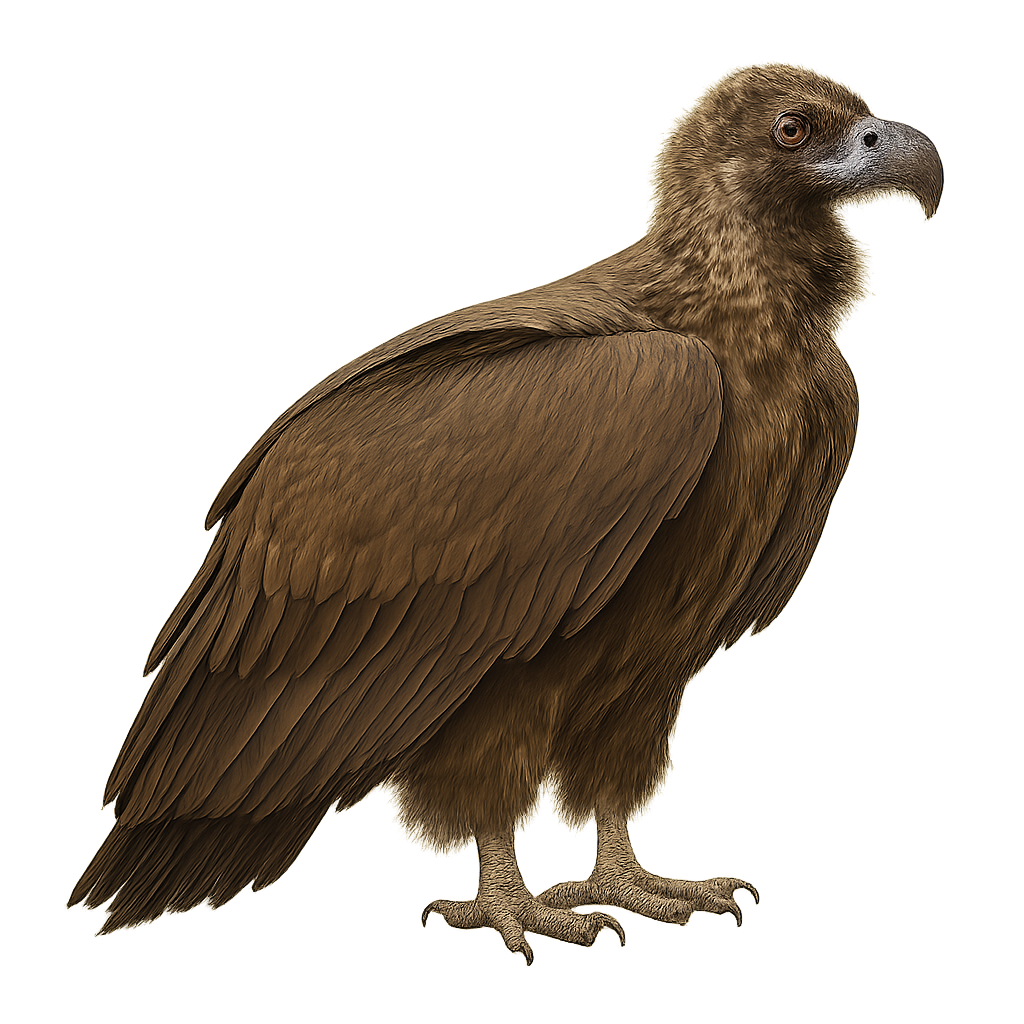Observe and photograph a species in its natural habitat
Learn where and when to observe a species in the wild, how to recognize it in the field, and what habitats it lives in. Get photography tips adapted to its behavior and capture stunning images without disturbing the animal. For full details, open the complete profile in the WildlifePhotographer app.
Cinereous vulture
Scientific name: Aegypius monachus

IUCN Status: Endangered
Family: ACCIPITRIDAE
Group: Birds
Shyness: Tolerant
Safe distance: 100 m
Breeding season / Courtship: : 01.11-31.03
Gestation: 50 à 55 jours
Births: 01.02-01.05
Habitat:
Mountain habitat, steep cliffs, open areas, and clear forests
Description:
The Monk Vulture is a large bird of prey found primarily in the mountains of Eastern Europe, Asia Minor, and Central Asia, with populations in Spain, Bulgaria, and Greece. It typically measures between 80 and 100 cm in length, with a wingspan of 2.3 to 2.8 meters, and weighs between 7 and 12 kg. Its plumage is mainly dark brown, with a bare head, distinguishing it from other vultures. The Monk Vulture is a scavenger, primarily feeding on animal carcasses, and plays a crucial ecological role in helping to remove carcasses and prevent the spread of diseases. While it is protected in many regions, it remains threatened by habitat loss, poaching, and poisoning.
Recommended lens:
>=400 mm
Photography tips:
Photographing the monk vulture requires a telephoto lens to capture its majestic flights. Prefer observing early in the morning or late in the day, when the light is soft. Always respect the protected areas around breeding sites and avoid disturbing the nests during the breeding season.
Ready to take action?
Choose your platform and start your free trial today



